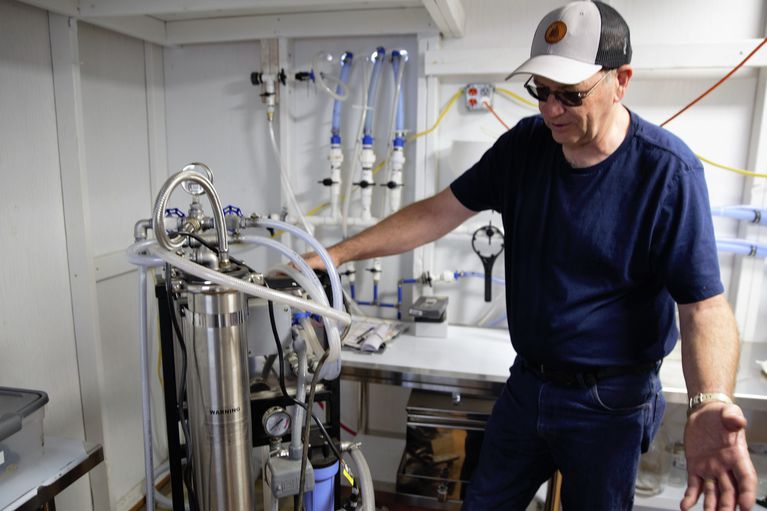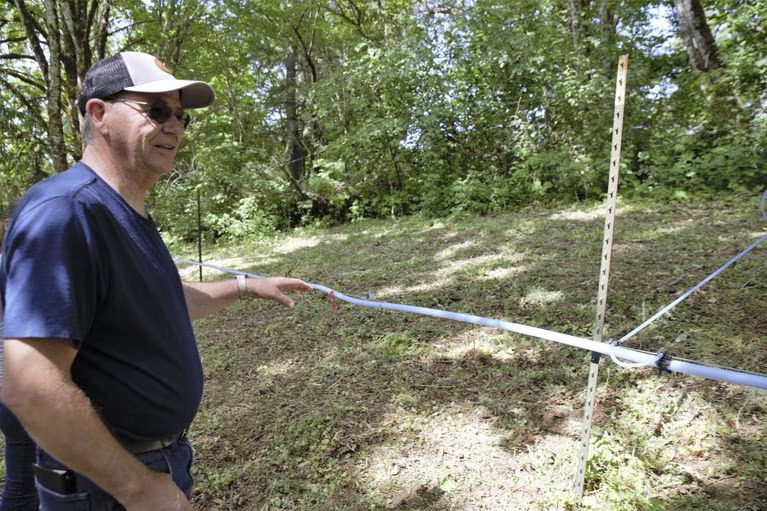New law and new tech allow Oregon farmers to take aim at New England’s maple syrup dominance
This is a re-post from OPB By Kristian Foden-Vencil
New production methods, new legislation and a couple of Oregon idiosyncrasies are helping farmers make local maple syrup.
Oregon hasn’t traditionally made a lot of maple syrup, largely because there’s more money in Douglas fir trees than maple trees. Doug firs produce straight logs that are good for construction. Maples, on the other hand, often grow crooked, so the wood is used for lower-value products like paper pulp.
Some old-school growers refer to maples as a “trash tree,” even though wood from maple trees is used in plenty of everyday items, including musical instruments and furniture.
The other reason Oregon hasn’t traditionally made maple syrup is that the variety of tree that grows here, the bigleaf maple, produces very watery sap. So maple syrup is much more expensive to produce in the Pacific Northwest.
But over the last few years, a couple of technical advances and now a tweak in the law, have prompted some Oregon landowners to take another look.
First came improvements in reverse osmosis pumps. They’ve been used for years to take salt out of seawater in ships. Now pumps have been upgraded to take water out of tree sap — concentrating the sugar to make maple syrup.
“That reverse osmosis has made the difference between doing a little bit for your pantry or doing enough you can actually sell it at a farmer’s market,” said Gary Pendergrass, who has been producing maple syrup from his Sheridan farm for three years.
The other technical advance involves how trees are tapped. Growers used to have to tap one tree at a time. Today, they can tap hundreds of trees together using long, UV resistant, food grade tubes and a vacuum pump. That saves countless hours collecting and cleaning hundreds of tapping buckets every day.
New technology isn’t all that’s boosting Oregon’s maple syrup production.
The Oregon Legislature, pushed by groups that represent landowners like the Friends of Family Farmers, just agreed to allow small-scale producers to make syrup in their own kitchens, rather than spending thousands on commercial kitchens.
Food handling experts say maple syrup doesn’t spoil easily and syrup production is relatively simple, involving boiling-off water, disinfecting bottles and filling them. So the change is considered low-risk.
“This year, we’re going to have a lot more Oregon sources of farm produced maple syrup that people can buy,” said Eric Jones, a professor at the Oregon State University Department of Forest Ecosystems and Society.
He’s one of the driving forces behind Oregon’s maple syrup production. Jones recalls his early love of maple syrup as a boy in Salem when neighbors gave him a taste of homemade syrup: “I remember that, very distinctly, walking home from school and getting to try it,” he said.
He regrets not asking more questions. But the idea of Oregon maple syrup had been firmly planted in his head.
In 2020, Jones noticed the University of Washington had won a U.S. Department of Agriculture grant to study bigleaf maple. He assembled his own team of scientists and submitted a grant application. They’re now helping 30 Willamette Valley farmers buy reverse osmosis pumps, vacuum pipes and boilers.

It seems his timing is good. A former Portland school teacher, Eliza Nelson, recently founded a nonprofit, the Oregon Maple Project, specifically to teach Oregonians how to tap local trees, “Making maple syrup is relatively easy and lots of fun,” she said.
Jones is hoping the Oregon Maple Project encourages people to appreciate the resources available in local trees, “What the Northeast has that underpins everything is this huge love of maple syruping.”
Just about every New England maple farm hosts school trips and has a pancake feed every year. They talk about how local Native Americans tribes produced maple syrup for thousands of years by freezing sap overnight and skimming off the ice, and by adding hot rocks to boil off the remaining water.
“They have a culture of appreciation,” said Jones.
One more cultural quirk positions Oregon well for small-scale maple syrup production. Some Oregon families already own small plots of forestland with unused maple stands.
Years ago, many Oregonians would save for retirement by buying a small slice of land and planting it with Douglas fir. After 30 or 40 years, they could log the trees and walk away with a healthy pension.
Jones said Oregon law dictates the land be replanted, which most families did. But maple trees re-establish quickly and tend to block sun from reaching other varieties of trees as they grow. Commercial logging operations often pay to poison those early maples so Doug fir can grow. But that’s expensive, and many Oregon families either couldn’t afford to poison the maples or liked the idea that their land would have a healthy mix of trees rather than a monoculture.
Either way, the result is that the hills of the Willamette Valley are now covered with unused stands of bigleaf maple, ready for tapping.
It’s certainly true at the farm of Tracy Johnston and Gary Pendergrass in the rolling hills of Sheridan. They give visitors a taste test in their sugar shack, where the syrup is boiled down for hours.
Oregon maple syrup tends to be darker than the East Coast varieties. The taste is more complex, like treacle.
The price of Oregon syrup is also very different. A small 16 ounce bottle of Oregon syrup might cost $20 — more than what you’d pay for twice as much New England maple syrup.
But Pendergrass is not concerned.
“It’s obvious that this is not pancake syrup we’re making. This is more to drizzle over your $40 steak or your baked salmon or put in some fancy bagels,” said Pendergrass.
So over the next few years, you can expect Oregon maple syrup to start cropping up in restaurants, brewpubs and farmers markets all from something derided as a “trash tree.”
Syrup terroir
Thousands of gallons of sap were harvested this winter on the properties, but that will yield only about 10 gallons of syrup.
The sap-to-syrup ratio is one reason Caldwell isn’t worried Northwest landowners will quickly generate a massive surplus, as has occurred with hemp and other farm products.
“This is hard to overproduce,” he said.
Because Northwest syrup production is starting at a small scale, producers can also capitalize on the subtle flavor differences across the landscape, similar to the “terroir” in wine.
Instead of processors homogenizing the product, which is common in major production areas, Northwest syrups could retain the taste unique to their location, said Scheb.
“That’s the beauty of here, is you get more of a craft industry with a variety of flavors,” he said.
Though the Northwest will probably “always be a bit more boutique” than the Northeast, that can work to the region’s advantage, Jones said. Just as microbrews are spendier than Budweiser, bigleaf maple syrup commands a higher price point.
Top-shelf sugar maple syrup from New England costs about $100 per gallon, while the small amount of commercially available Northwest bigleaf maple syrup sells for three times that, he said.
That gap may shrink as volumes grow, but bigleaf maple syrup is likely to continue receiving a premium, Jones said.
“It looks promising to always be a higher value,” he said.
Bigleaf maple syrup contains three times as much calcium, potassium and other minerals as conventional maple syrup, Jones said. Those nutrients convey a “more complex, richer flavor” that consumers have preferred in formal tastings conducted by OSU.
USDA funding
The university’s bigleaf maple project is funded with $1 million from a USDA grant program to promote domestic syrup production, which has paid for the pumps, tubing, evaporator and refining equipment being tested by Caldwell, Johnston and Pendergrass.
Landowners who are interested in the budding industry are invited to attend the Oregon Bigleaf Maple Festival, scheduled for May 13 at the Oregon 4-H Center in Salem, Ore.
As the industry gains its legs, it’s likely to provide an economic boost not only to syrup producers but to equipment distributors and other ancillary businesses in the region, Jones said.
“I think it could develop over the next couple decades to be on par with the blueberry industry,” he said. The USDA values annual blueberry sales at $400 million in Oregon and Washington.
“This is just the beginning,” Jones said. “We have a long way to go.”



